The wait is over!
|
|
TL;DR:
Algo, without the jargon (tried my best to avoid): Friday 3:30 am Location: Somewhere near Boston, USA: The phone had enough charge so I could turn over to the other side, watching F1 highlights on Insta, frustrated about the effect of COVID-19 on the F1 2020 calendar. Nothing but this, tormented me more about the current situation of the world (Recession, Deaths, Rising cases, China re-opening their live markets, Toilet pap... oh wait I'm Indian). i couldn't care less about any of this, but a whole F1 season in jeopardy?! Not having it. Ergo, F1_Predictor.py was born. Getting Data:
Cheats:
Et Voila! We've had our first Vietnamese GP in a while. COVID-19 can go fuck itself.
2 Comments
If you're thinking what on Earth is going on in this video, this article is for you!When it comes to F1 and motorsport in general, not a lot of people know about the myriad strategies that teams go through over the course of a single race. This is primarily because F1 strategies are usually masked and disguised by codes and technical jargon such that the other teams don't get to know them. This is what gives the sport an entire new dimension, that a NOOB like you, (or even me a few years ago) is completely oblivious to. Yes, you heard it! F1 is not just a bunch of cars running around in circles! So let us look at the most common and the most widely used strategy for starters. Behold, "The Undercut" *cue mysterious smoke, dramatic music*. To understand the undercut, you must first know the basics of an F1 pitstop. So why do cars go into a lane all of a sudden and a bunch of superhumans change all 4 tyres in 2 secs to watch the car zoom back out? The Pit-StopF1 in today's day and age permits drivers to pit the car during the race for a bunch of reasons. The most common being for a change of tyres, but pitstops could also be for other reasons such as a nose change in case your front wing is damaged. Let us stick to tyre changes because that is one of the key factors that affects an undercut. "Why come to a stop and change tyres? Won't you win the race if you just keep going start to finish?" Modern day F1 operates on three main tyre choices that all teams have. The tyres shown above represent the Hard Compound (white ring), Medium Compound (yellow ring) and the Soft Compound (red {bull :P} ring). When these tyres are fresh, they provide optimal traction. Think of traction like the frictional force that keeps you stuck to the track and prevents you from skidding off into the walls. With each lap however, at the speed that F1 cars operate on (top speeds over 300 Km/h) the friction between the track and the tyres, causes wear and thereby reducing the tyres performance and the traction it can provide. This means you have to take slower turns to avoid skidding off the track resulting in a loss in track time. Each compound has its own level of traction/wear ratio, bringing in a lot of track based strategy. The traction/wear ratio goes down as you go up the compound types, meaning soft tyres give more cornering traction but also wear out faster, and hards provide comparatively lesser cornering traction but take longer to wear out. This is essentially why you can't run a whole race (usually around 60 laps more or less) on a single set of tyres. How do you combat that? There you go! Pit-Stops. Quick Guide to the Pit-Stop
As a result of these rules, though the superhuman pit-crews change all 4 tyres in under 2 secs, the entire pitting maneuver costs drivers around ~20 secs of track time. This means when a driver pits, any car that's within ~20 secs behind him, will overtake him by the time he comes back onto the track. So teams have to make strategic decisions on when to pit. This is where the undercut comes into play. The Undercut, finally!Imagine you are Sebastian Vettel, roaring in a damn cool SF90 for Scuderia Ferrari through the streets of Singapore. You are on P2, with a young and fiery Charles Leclerc ahead of you in his SF90. You are trying really hard to get past him but he just does not let you get by! You think you could go faster but Leclerc is causing you to hold back and not go full power cause you don't want to crash into him and he just wont let you by. So what do you do?
Let us say Leclerc, 4 secs ahead of you, is lapping in 100 secs (All numbers exaggerated for representation purposes, don't hold me down on this :P). You can't really lap much faster than that if you are constantly racing right behind him, but you think you can do way better than 100 secs. You think you could go faster if you just had some more space on the race track. So you pit before him, creating a good distance between the two of you. You did lose some time doing this, but keep in mind, he will also have to pit at some point! So you're back on track with fresh tyres so you start doing each lap in 97 secs. Leclerc however, though he is still ahead, is doing slower and slower owing to deteriorating tyres. He's doing 101, 102, 103 secs on each successive lap. So you lost 20 secs doing the pit stop, but you gained 6 secs over what Leclerc is lapping now. Now when Leclerc pits, he too loses the 20 secs you lost, cancelling out the effects of the pit-stops. However, he was initially 4 secs ahead of you, and by doing the undercut you gained 6 secs on his time before he pits. Meaning when Leclerc comes out of the pit, you've gained 2 secs on him. Et Voila! You have successfully undercut Leclerc to take the lead of the race! Time for you to say "Grazie Ragazzi!". Watch a live replay of your amazingly strategic overtake below and applaud yourself! I barely know what Formula 1 is! What on Earth is Formula E?! Beginner's Guide to Formula E:1/23/2020 Formula E is the all-electric vehicle racing series run by the Fédération Internationale de l'Automobile (FIA). I know what you're thinking... If you're well versed with F1, you're probably going "No roaring V-10s?? Pfft". My only reply to that would be, No! We are not in 1989. Today's F1 cars run 1.6L V6 engines, sparking the outrageously hilarious "Bring back the f***ing V12s" comment by Sebastian Vettel after an MGU-K problem during his Russian GP this season. Before I digress any further, let me request you to stay with me while I tell you what FE is and let the videos do the convincing! Formula E does run on all-electric vehicles and that's the whole point of the series! To have an emission-free racing series! I agree moving the cars from venue to venue costs a lot of unnecessary emissions and blah, but will you just let that be for a while! :P So here's how the racing format goes:
All that being said, here are my top reasons for watching FE:
So, do give it a shot! Their Instagram page, Fia Formula E, is super active, so finding information takes just the touch of a button (more than just one, but you get it!)! You can also find all race highlights and some amazing compilations on their official YouTube page!
|
AuthorRandom chinwagger who is as ambiverted as is sporadic Archives
April 2020
Categories |
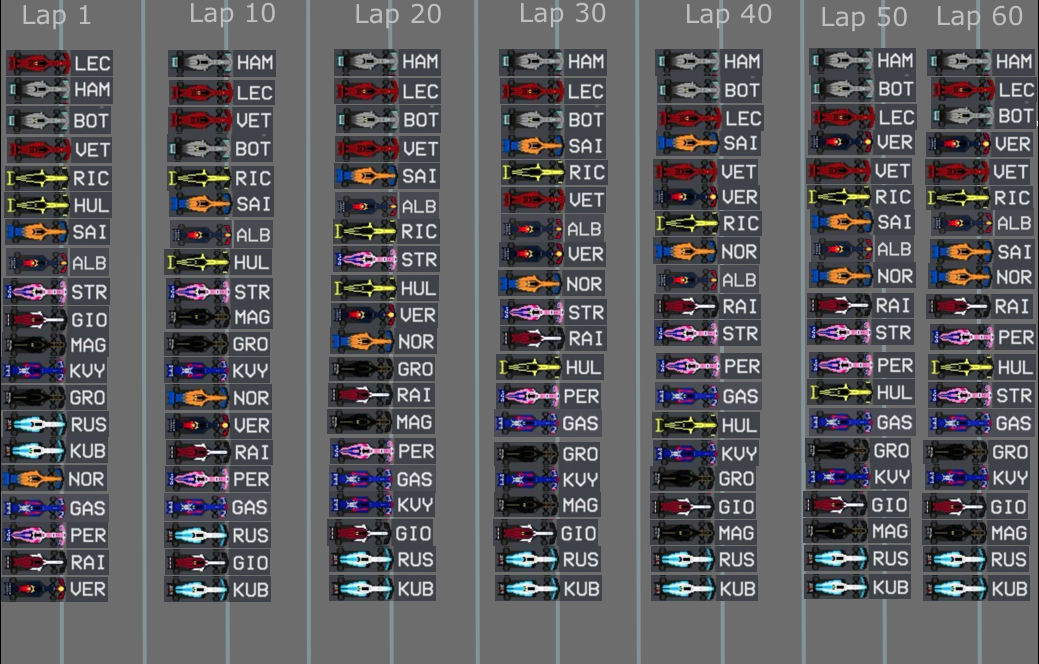
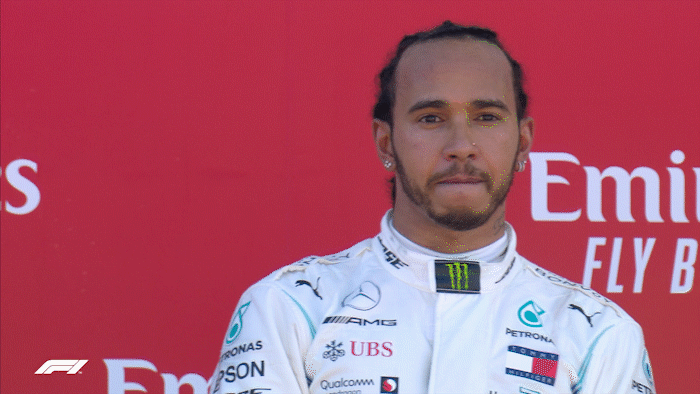
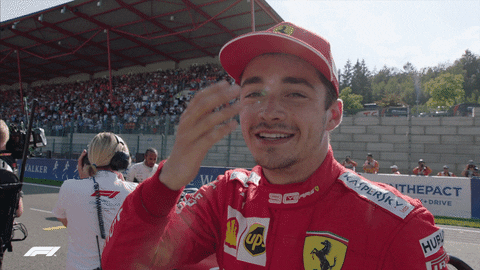
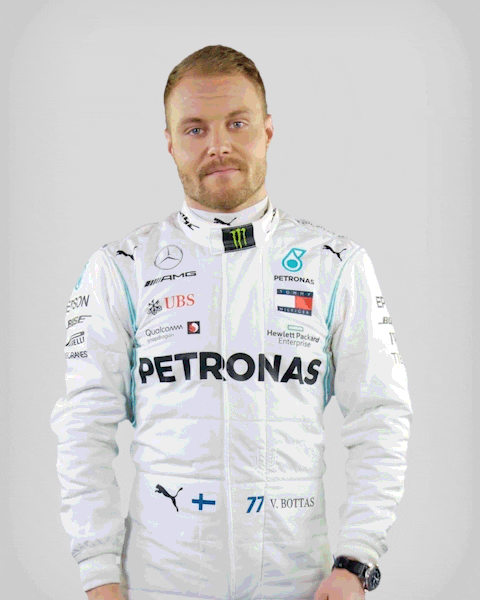
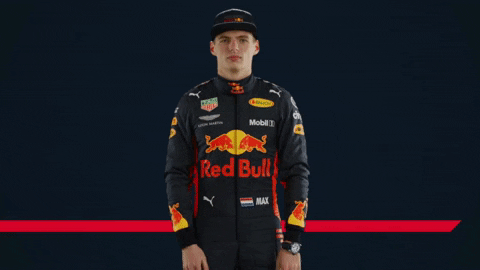
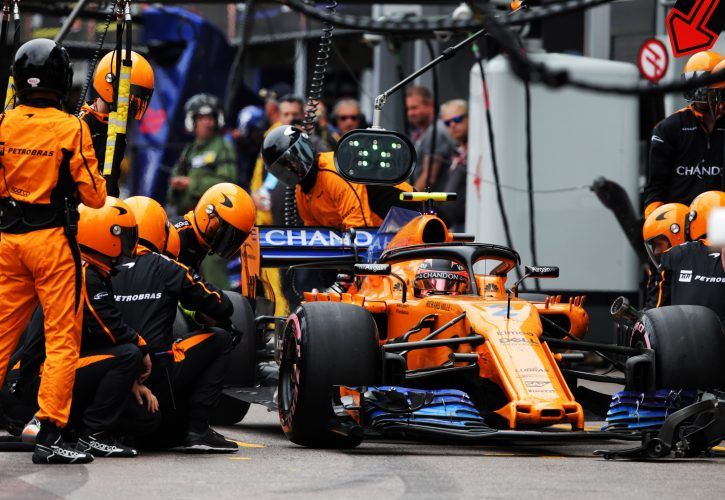
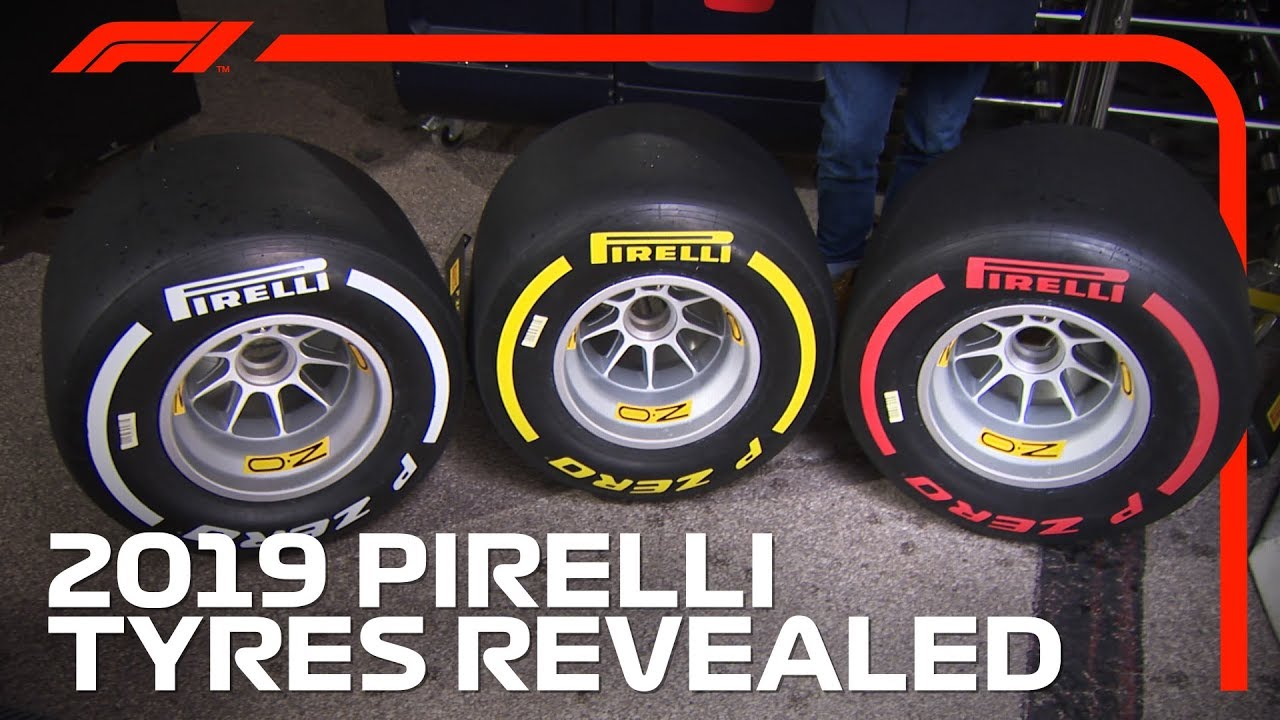
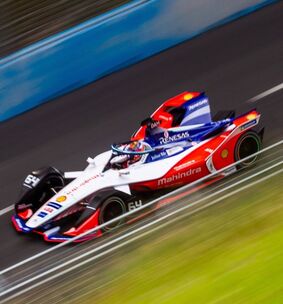
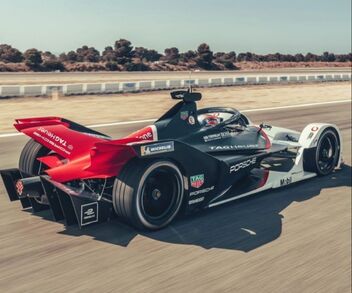
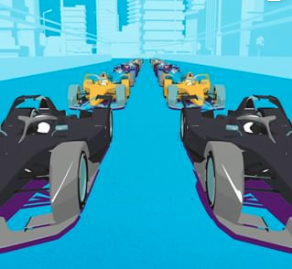
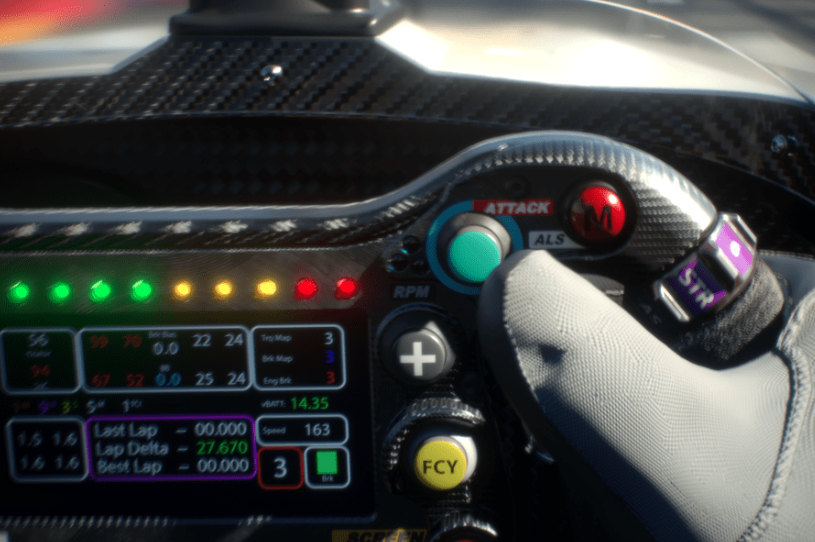
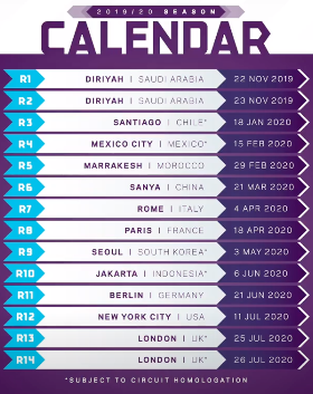
 RSS Feed
RSS Feed
